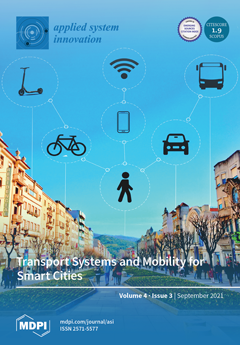Open AccessReview
Review of Structural Health Monitoring Techniques in Pipeline and Wind Turbine Industries
by
Vinamra Bhushan Sharma, Kartik Singh, Ravi Gupta, Ayush Joshi, Rakesh Dubey, Vishwas Gupta, Shruti Bharadwaj, Md. Iltaf Zafar, Sushant Bajpai, Mohd Ashhar Khan, Anubhava Srivastava, Divyang Pathak and Susham Biswas
Cited by 21 | Viewed by 5427
Abstract
There has been enormous growth in the energy sector in the new millennium, and it has enhanced energy demand, creating an exponential rise in the capital investment in the energy industry in the last few years. Regular monitoring of the health of industrial
[...] Read more.
There has been enormous growth in the energy sector in the new millennium, and it has enhanced energy demand, creating an exponential rise in the capital investment in the energy industry in the last few years. Regular monitoring of the health of industrial equipment is necessary, and thus, the concept of structural health monitoring (SHM) comes into play. In this paper, the purpose is to highlight the importance of SHM systems and various techniques primarily used in pipelining industries. There have been several advancements in SHM systems over the years such as Point OFS (optical fiber sensor) for Corrosion, Distributed OFS for physical and chemical sensing, etc. However, these advanced SHM technologies are at their nascent stages of development, and thus, there are several challenges that exist in the industries. The techniques based on acoustic, UAVs (Unmanned Aerial Vehicles), etc. bring in various challenges, as it becomes daunting to monitor the deformations from both sides by employing only one technique. In order to determine the damages well in advance, it is necessary that the sensor is positioned inside the pipes and gives the operators enough time to carry out the troubleshooting. However, the mentioned technologies have been unable to indicate the errors, and thus, there is the requirement for a newer technology to be developed. The purpose of this review manuscript is to enlighten the readers about the importance of structural health monitoring in pipeline and wind turbine industries.
Full article
►▼
Show Figures





